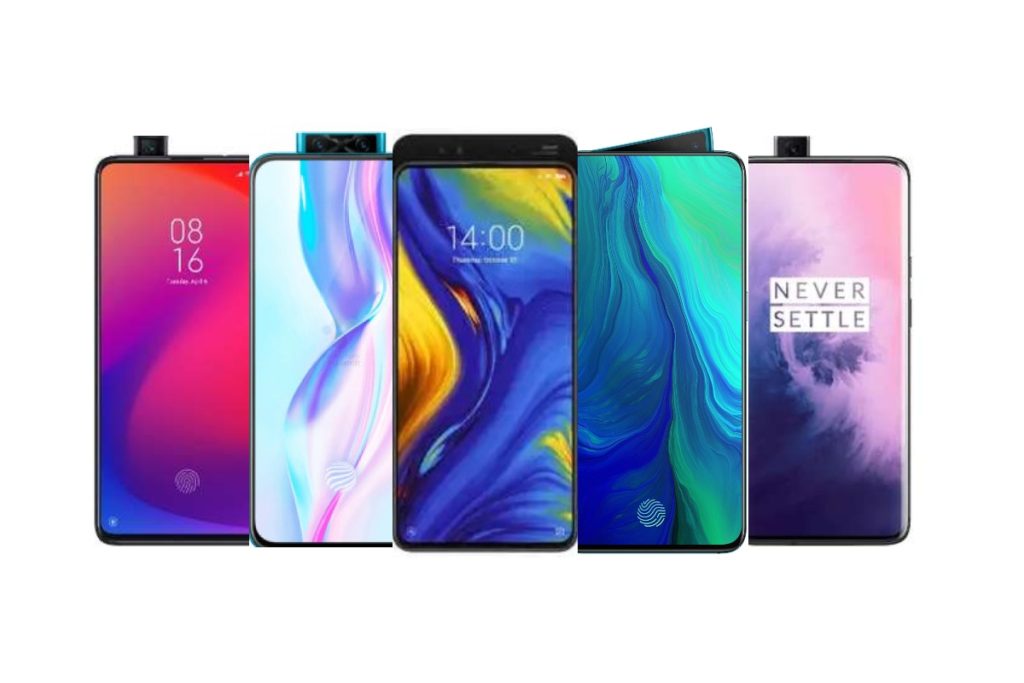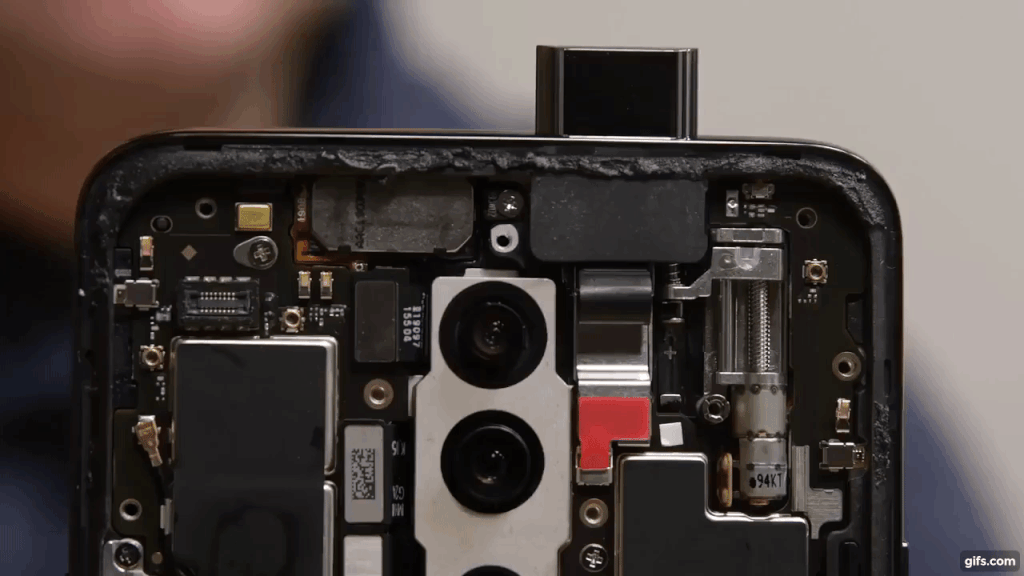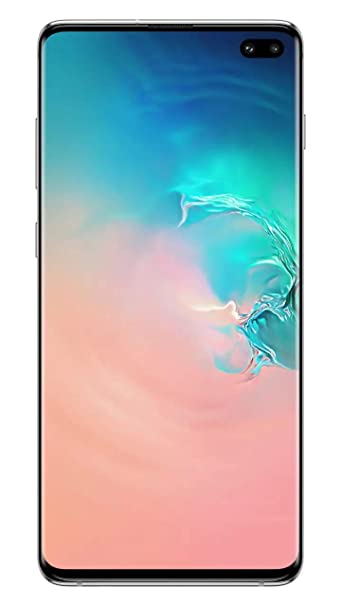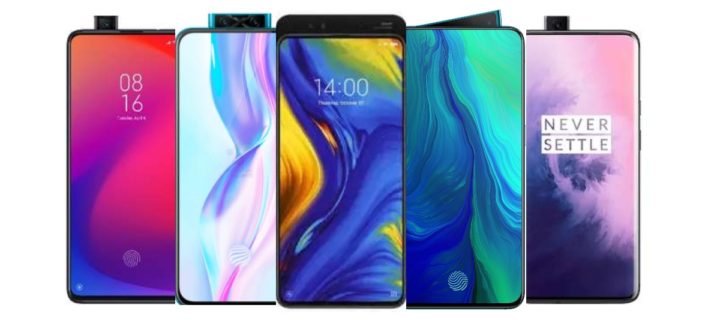Over the last few years, smartphones have evolved a lot in terms of design, form factor, multi-lens camera system, security features etc. They now offer large displays and a higher screen to body ratio, thanks to small notches (for the front camera & other sensors) and trimming down the overall bezels by manufacturers. The iPhone X was the first smartphone to ignite the notch trend but Apple’s Android counterparts went for a smaller notch, ideally the size of a waterdrop. Obviously, Apple’s wide notch is attributed to a variety of sensors it houses there including advance 3D face unlock sensor, Infrared sensor and more.
After OEMs found a way to cram more screen in a small space, Oppo debuted its Find X smartphone (way back in 2018) with an edge to edge bezel-less display and a motorised camera module making it the industry-first smartphone. Quickly after the Find X, other brands too joined the bandwagon to adopt this feature. A few manufacturers also took a different approach to the pop-up camera like slider design, rotating and flip mechanism etc.

The why and how’s of pop-up camera module
The pop-up camera module significantly eliminated the bezels on all sides of the device giving a truly immersive viewing experience to the user. No notch, no hole-punch (more on this later), no big bezel (like the Pixel 4) but just a full-screen display. From a user’s point of view, a pop-up camera in phones is a sensible approach as it gives a distraction-free experience. It also hides the unnecessary camera hardware that isn’t going to be used all the time. A phone with a pop-up camera module looks cooler and also catches people’s attention. They are small in size and most devices featured a square shape except the first generation OPPO Reno series that had a shark-fin type design. A pop-up module is also a great option for users who are concerned with privacy since smartphones are vulnerable to hacks through a camera.
Pop-up cameras operate very simply i.e. they rise from the module whenever the camera is activated and go back inside once the job is done. However, apart from elevating mechanisms, there are a few smartphones who take a different approach to pop-up cameras. The Find X, Lenovo Z5 and Mi Mix 3 come with a slider design. On the other hand, there are smartphones where the rear camera also doubles up as a front shooter i.e. the Galaxy A80 features a rotating camera mechanism where it rotates its rear camera setup to the front. The Asus 6Z also adopts a similar but flip camera system.

As far as advantages go, the pop-up camera module isn’t totally without any drawbacks. The main issue is its durability even if it is quite robust. The elevating mechanism puts stress on the moving parts with the motor being the main point of failure. Most smartphone makers claim that the module’s longevity is around 3,00,000 cycles which means (if you do the math) it is capable of lasting up to four years and assuming that it is opened 200 times a day. Another reason is that the pop-up camera module isn’t waterproof or dust resistant and hence it needs constant maintenance. Even though it automatically retracts (fall detection) when the smartphone is in freefall or the module hits some concrete object, there is bound to be some kind of damage like scratches, dents etc. Under the hood, the moving parts that are required for a pop-up camera module also take up space that could be reserved for other hardware (like a bigger battery).
The fall of pop-up camera phones:
Unfortunately, pop-up camera phones failed to create traction in the mainstream market and their duration was short-lived. Smartphone manufacturers created an alternative solution to pop-up camera modules – punch-hole display. It involved cutting a hole in the screen to accommodate the front camera sensor. Most smartphones feature a punch-hole cutout at the top corners of the display except Samsung phones where the cutout is centrally placed. Punch-hole designs give a slightly less display area compared to a full-screen experience. It does eliminate the issues of failure associated with the pop-up camera’s moving parts.

However, the hole in the display is always there. And with smartphone makers now incorporating dual cameras on the front, the punch-hole cutout becomes even wider with no option to hide it. For users who are high on entertainment usage i.e. gaming, watching movies etc the punch-hole cutout may seem obtrusive and hinder their experience. Another drawback is that any stain or scratch on or near the punch-hole cutout would affect the picture quality of the front camera.
Verdict
There’s no clear winner here between pop-up camera module vs punch-hole camera cutout. Right now, a pop-up camera module is the only way to get an all-screen experience and it looks very much intriguing. But on the other hand, the punch-hole design is here to stay with many flagship phones having adopted it.
Given the sort of changes we have seen in smartphone design in recent years, a display free of bezels and camera cutouts/notches seems to be the ultimate goal. Many brands are working on under-display selfie cameras. Earlier this year, we got to see Vivo’s Apex 2020 concept phone with the technology and we hope it shows up in future smartphones.






